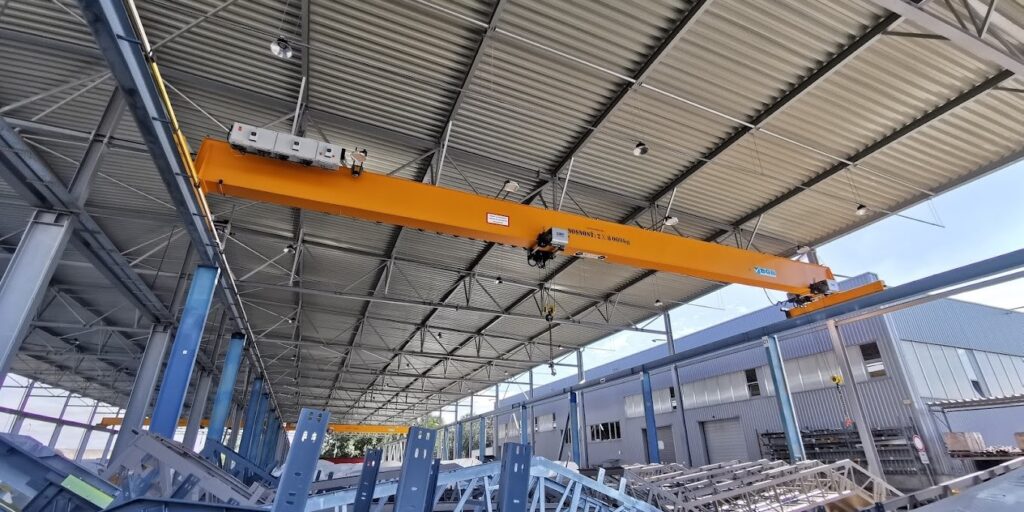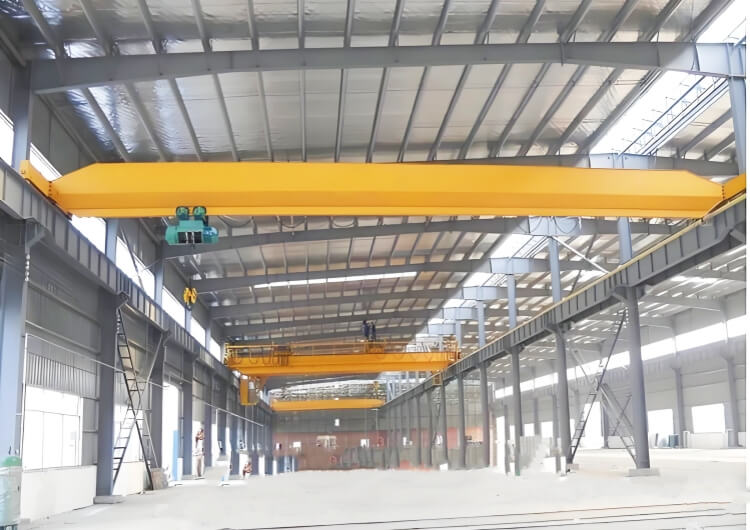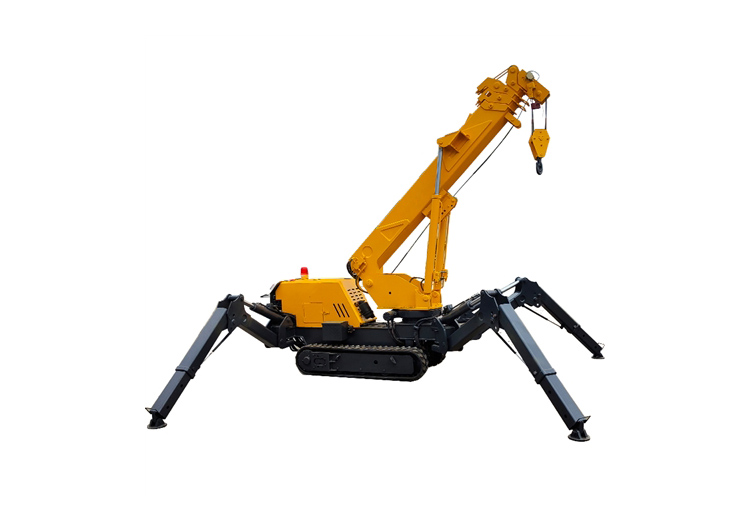The Future of overhead bridge crane Technology: Trends and Innovations
The industrial lifting sector is undergoing a transformative shift as overhead crane technology evolves to meet the demands of Industry 4.0. From automation to sustainability, advancements are reshaping how businesses optimize workflows, enhance safety, and reduce operational costs. Let’s explore the key trends driving the future of overhead crane systems.

1. Smart Automation & AI Integration
Modern cranes now leverage IoT sensors and machine learning algorithms to predict maintenance needs, optimize load paths, and prevent collisions. AI-powered systems analyze real-time data to adjust lifting parameters dynamically, minimizing human error and downtime. For example, companies like Konecranes and Demag are deploying “predictive maintenance” solutions that reduce equipment failures by up to 30%.

2. Wireless Control & Remote Operations
The rise of 5G connectivity enables operators to control cranes via handheld devices or remote workstations. This not only improves precision in hazardous environments but also allows experts to manage multiple sites globally. Wireless load monitoring systems further enhance safety by providing instantaneous feedback on load weights and balance.

3. Lightweight & Sustainable Designs
Manufacturers are adopting advanced composites and aluminum alloys to reduce crane weight without compromising strength. This lowers energy consumption and carbon footprints. Additionally, regenerative drive systems capture energy during lowering motions, feeding it back into power grids—similar to innovations in electric vehicle braking systems.
4. Modular & Scalable Solutions
Modular cranes with plug-and-play components are gaining traction, enabling facilities to customize lifting capacities as production needs change. This flexibility is critical for industries like renewable energy and e-commerce warehousing, where rapid scalability determines competitiveness.

5. Enhanced Safety Through Digital Twins
Digital twin technology creates virtual replicas of physical cranes, allowing engineers to simulate stress tests, operator training, and emergency scenarios. Companies like Siemens report a 40% reduction in accident risks using this approach.
6. Blockchain for Supply Chain Transparency
Blockchain integration ensures traceability in crane manufacturing and maintenance. Every component’s origin, installation date, and service history are immutably recorded, streamlining compliance audits and warranty claims.
Conclusion
From automotive plants to spaceport installations, overhead cranes remain indispensable for modern heavy lifting. By understanding their diverse applications and adhering to operational best practices, businesses can significantly enhance workplace safety and productivity.
Contact our engineering team today to design a customized overhead crane solution for your specific needs.
Contact Us Now
Have questions about our cranes or need help?
Reach out to our friendly team for expert support and guidance.
We are here to help you power your journey towards a greener future !
Tel: +8615738677559
E-mail: info@slkjcrane.com
Whatsapp: +8615738677559
Address: Crane Industry Park, Xinxiang City Henan Provice



